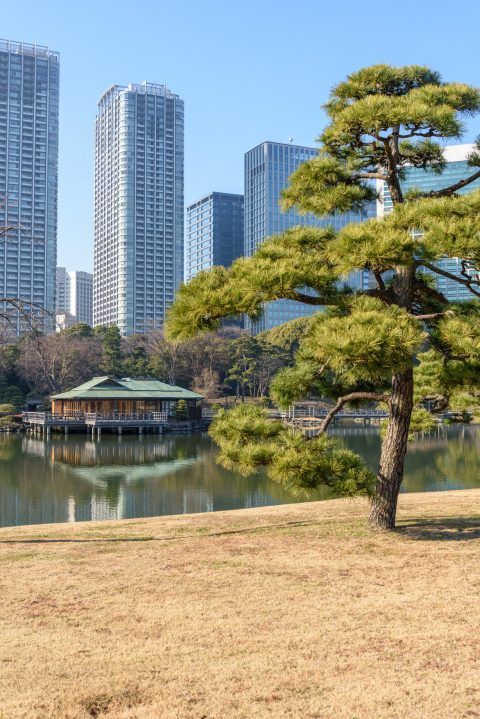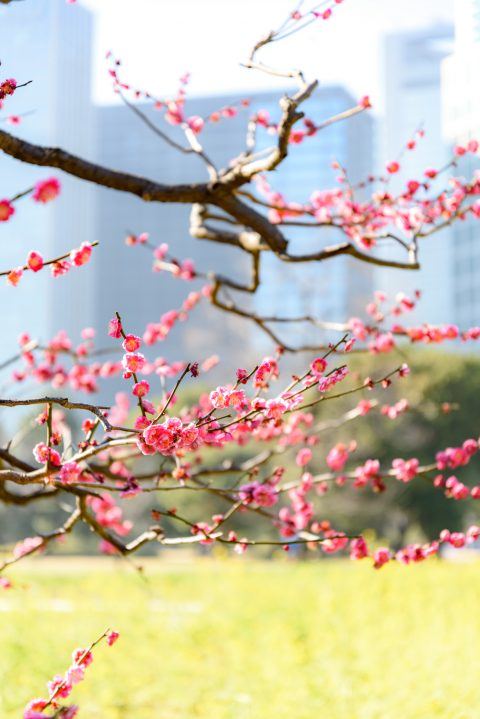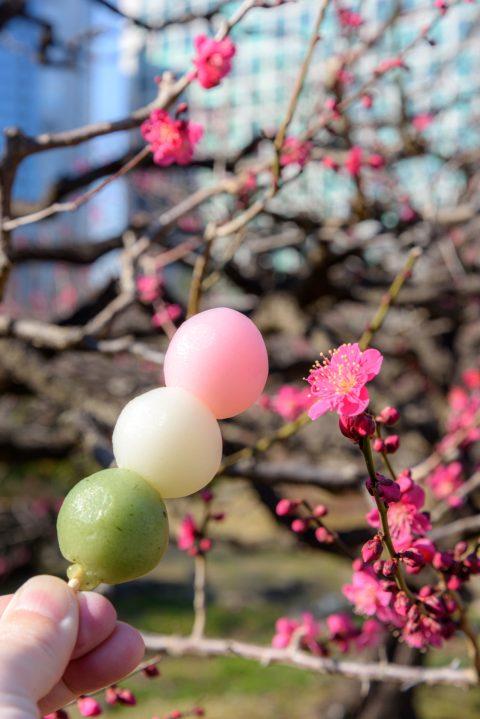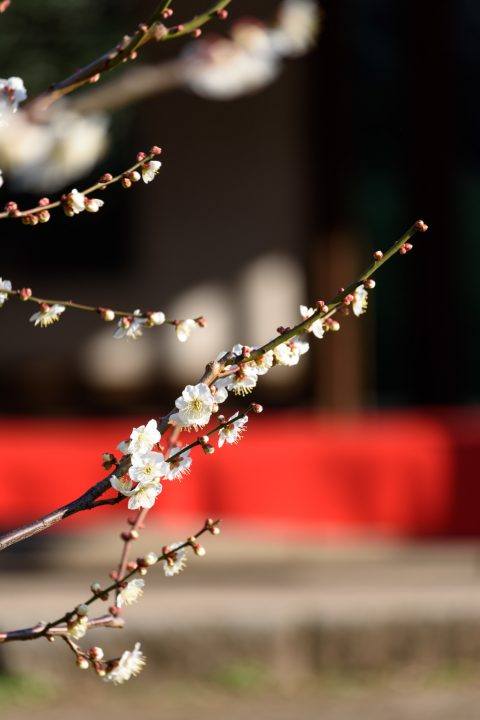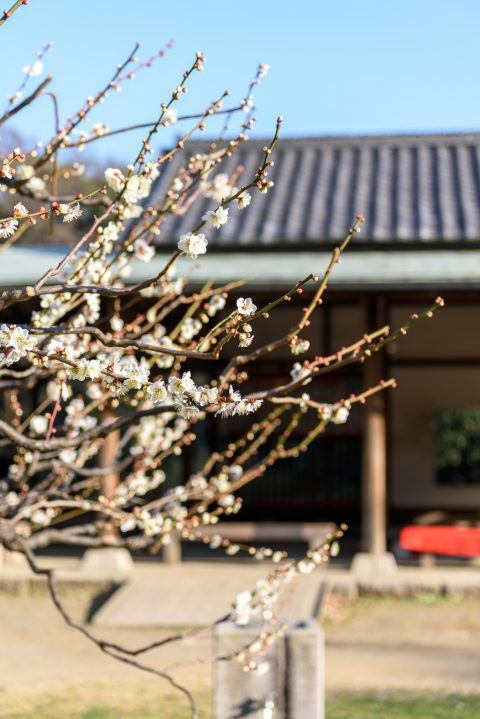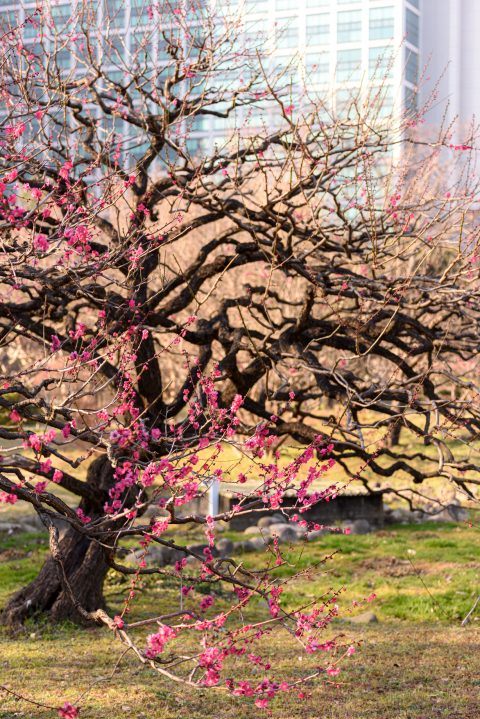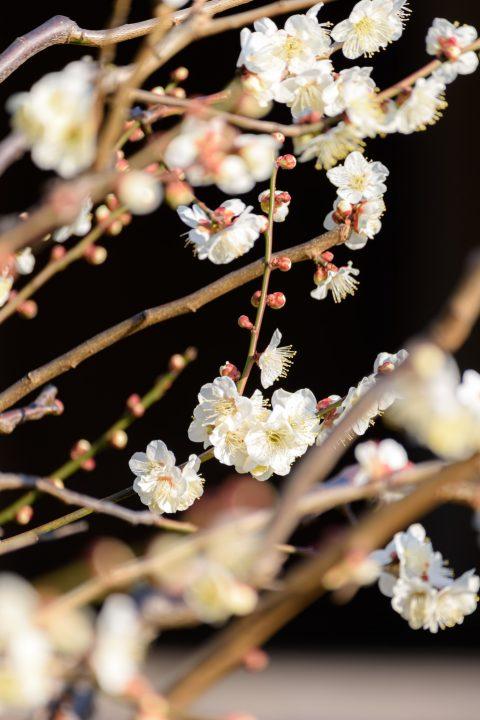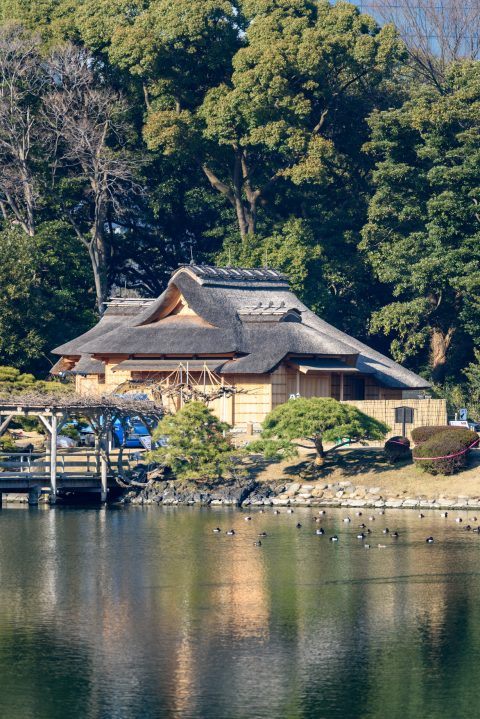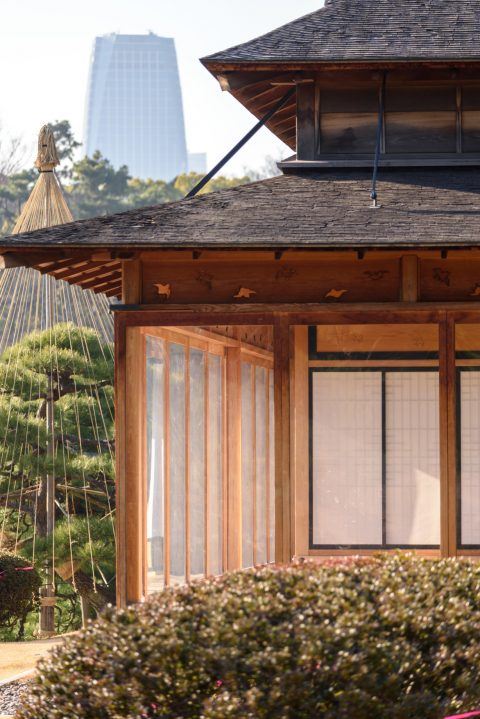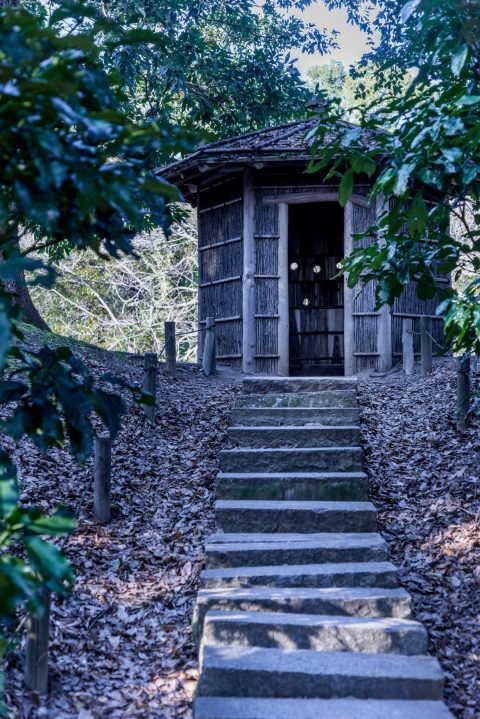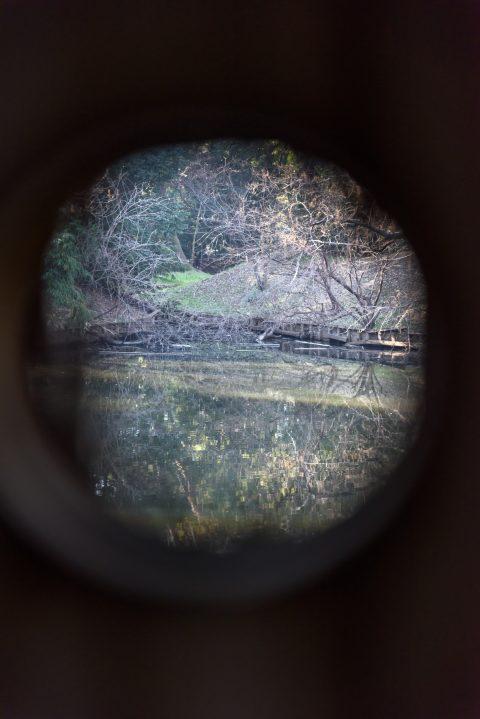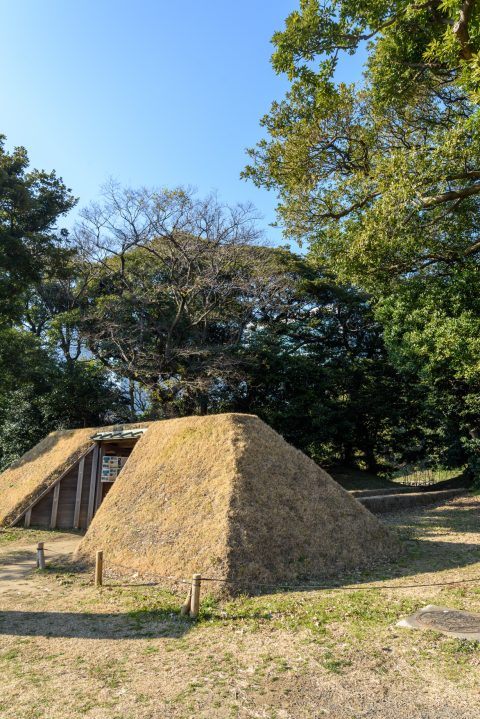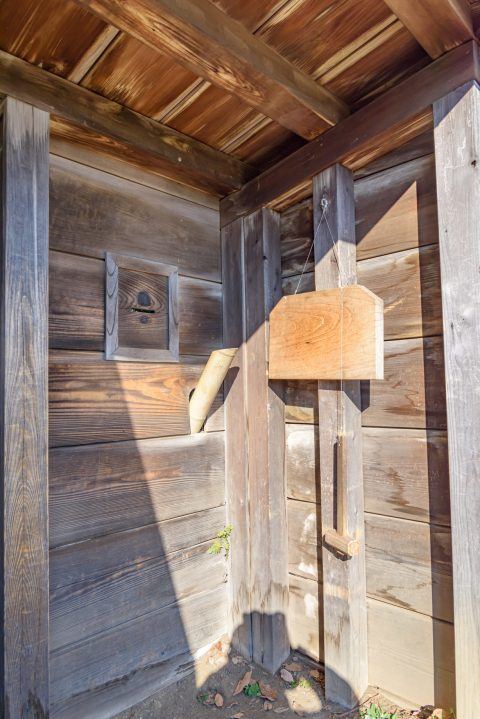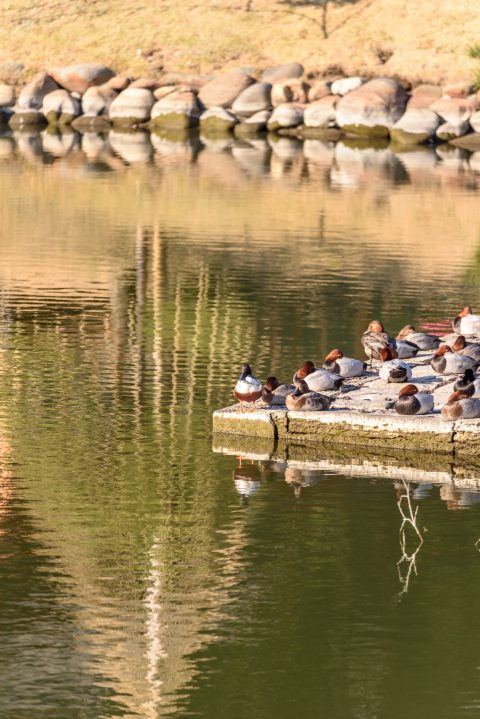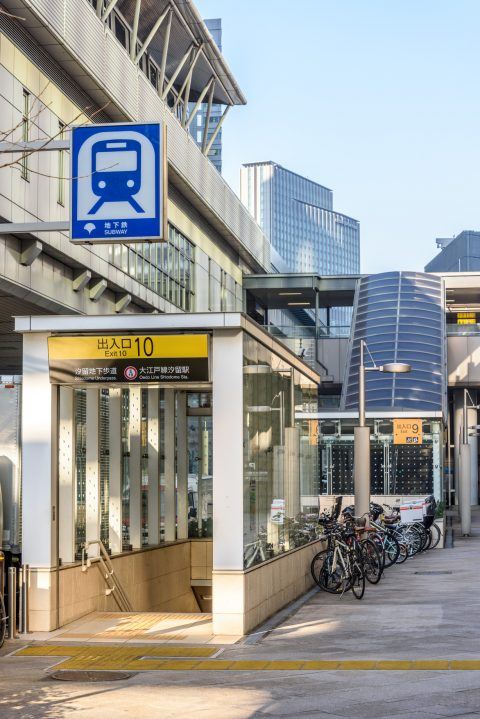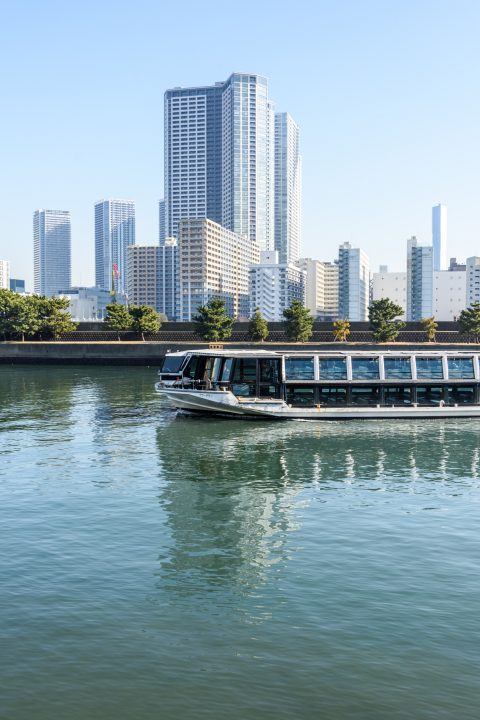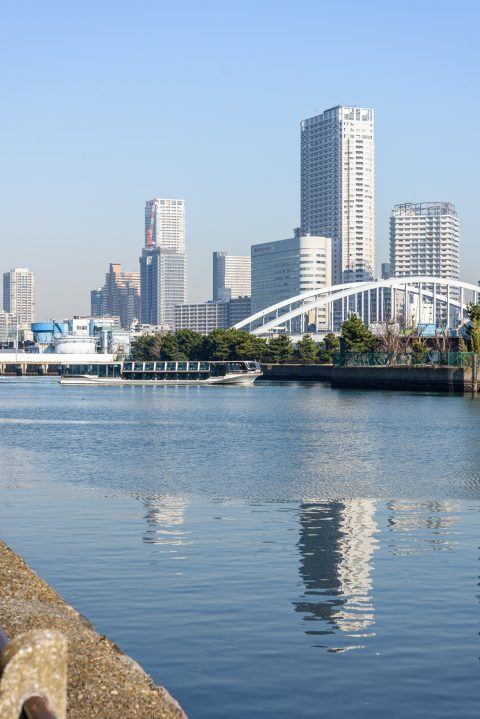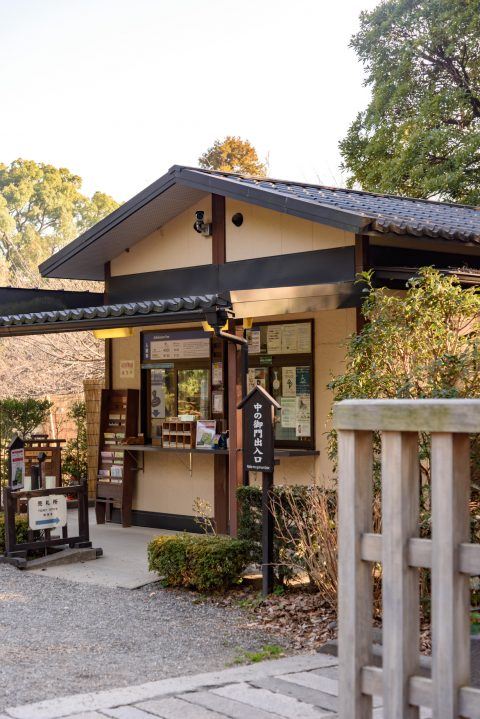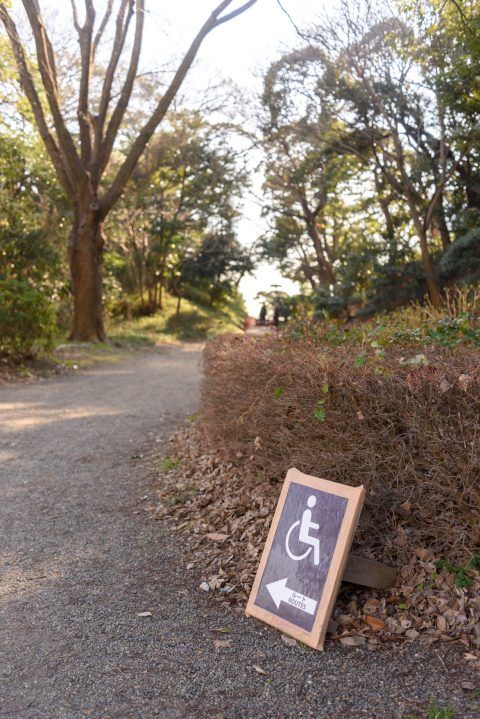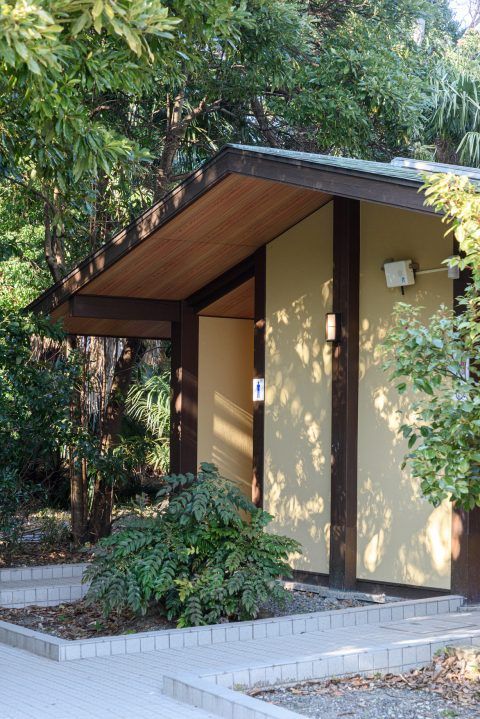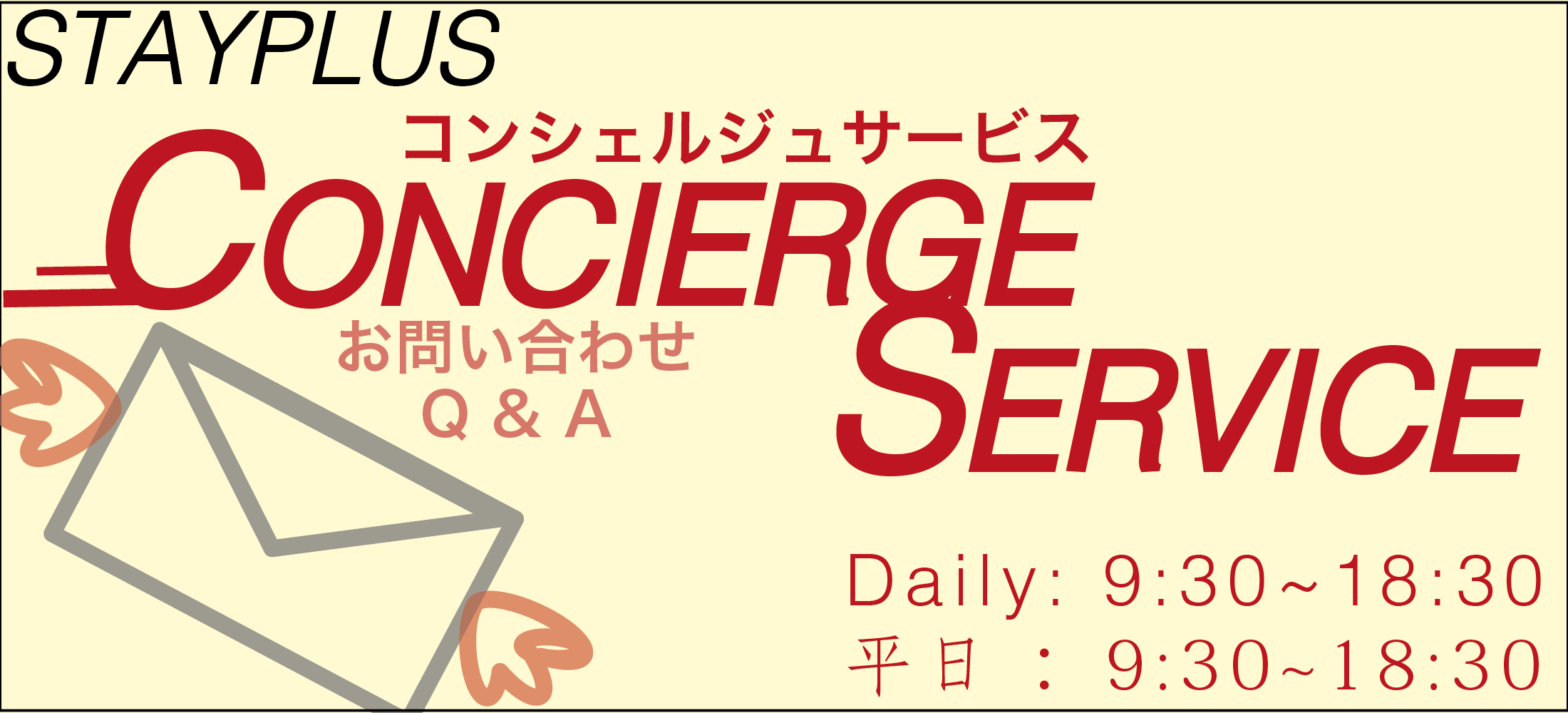Hamarikyu Gardens
- Rating
Degree of Congestion
-
Smoking
Non-smoking
-
Note
Brochures are available in English, Korean, Chinese (simplified and traditional), French, and Spanish
Garden of the Tokugawa clan with Tokyo's only salt-water pond
The garden is composed of a big pond, which water is drawn from Tokyo bay, and a duck farm, where the Japanese traditional duck hunting took place. In the Edo period, it was used as a Tokugawa’s branch castle, and after the Meiji era, was used as an imperial villa. In the present day, it is registered as a special place of scenic beauty as well as a special historic site.The landscape of the Japanese architectural tea house combined with the modern skyscrapers on the back is unique in Shiodome. The "Shioiri-no-ike" pond, which occupies the largest area in the garden, is the only salt-water pond in Edo-style gardens in Tokyo. When the warter gate opens and closes following tides, the water level on the pond changes and you can enjoy a different scenery. The tea house standing on the pond is a faithfull restoration of the architecture of 18th century. Moreover, Wi-Fi avairability makes this spot suitable for Hama Rikyu: the mixture of old and new things.
In the garden, various kinds of flowers bloom depending on the season and you can enjoy seeing them throughout the year. Especially in spring, many tourists come to visit the garden and take pictures of the rape flower and plum blossoms blooming softly surrounded by spring hazed skyscrapers. A lot of pictures are posted on Instagram, and many "likes" are made. In the shop called "Hamamise", not only souvenirs but also Japanese-style sweets are sold and can be enjoyed in the rest area. The three-coloured dumplings (rice-based Japanese confectionery) enhance the sense of spring in Japan and allow you to enjoy the atmosphere of Japan. In Nakajima's tea house located in the "Shioiri-no-ike" pond, you can also taste Matcha tea and some sweets. The other three tea houses do not serve food or drink, but you can feel the elegant atmosphere of Japanese-style architecture.
The duck farm constructed at the end of the 18th century is a place in which people enjoyed the Japanese traditional duck hunting until its closure. The pond is surrounded by a bank and hidden from the outside by trees so that the ducks can live peacefully. The hunting took place in "Konozoki" which is like an earthwork fortification, or in "Oonozoki" which is similar to a hunting hut, and you can actually go there and look at the pond. This is the only place in the world where it is allowed to enter the duck fields freely throughout the year.
There are two ways to get to Hamarikyu: by train and by water bus. If you go by train, the 10th exit of Toei Oedo line or the east exit of Yurikamome line is convenient. If you go by water bus, a pier is inside Hamarikyu, so passengers can get off the bus just by the duck farm and the flower garden.
In the park, there are toilets with ostomate flushing equipment, accessible toilets, nursing rooms with sofas, baby cots etc. Wheelchair ramp slopes are also available. In addition, because there are many foreign tourists, the park map is available in English, Korean, Chinese (simplified and traditional), French, and Spanish. Guided tours are available in English as well as Japanese.
-
Address
〒104-0046
1-1 Hamarikyuteien, Chuo-ku, Tokyo -
Tel
03-3541-0200
-
Business Hour
9:00~17:00 (Last entry by 16:30)
-
Closed On
New Year holiday (12/29~1/1)
-
Wifi
YES
-
Payment Information
-
-
Payment Information
-
-
Website
-
Browsing History


